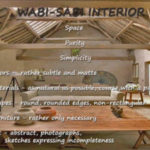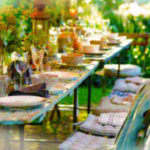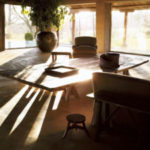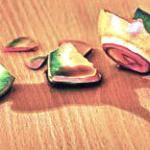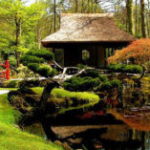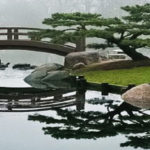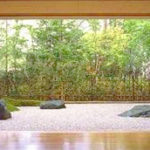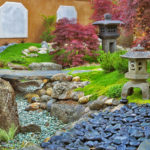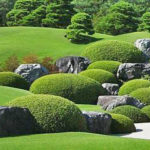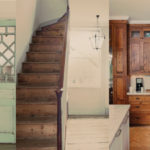Almost twenty years ago, I and my husband moved, in anticipation of our eldest son, to the countryside not far from Prague, to a more than a hundred-year-old house. A lot of friends and relatives didn‘t understand why so far away (the boom of building and moving beyond the boundaries of Prague at that time hadn‘t started yet). But mainly, why such an old and thus imperfect, and even a little rusty house when “… After all, it would be better and easier to build a new house…”
I don’t know why, but somehow I always liked old houses more. Despite their imperfections. Houses that already have a certain patina of history that they‘ve “experienced“. Houses that have a particular spirit, atmosphere, something that isn‘t expressible in words.
We were founding a family and wanted a home. And in our cottage house, we just felt good right away. Even with all those irregular angles between the walls, exposed wooden beams with engraved markings from the carpenters in the attic and despite a few minor cracks in the walls, collapsing plaster and a lot of work that was obviously waiting for us…
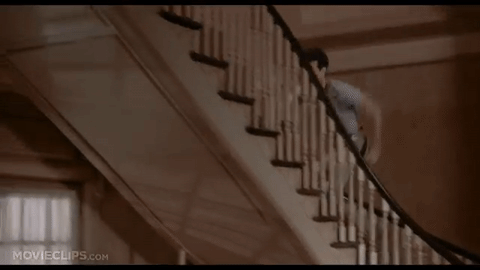
Well, maybe it wasn’t as challenging as it was for Tom Hanks and Shelley Long in the movie The Money Pit from the year 1986. However, for a comfortable living, we had to gradually and sometimes with some difficulties take care of it both physically and financially.
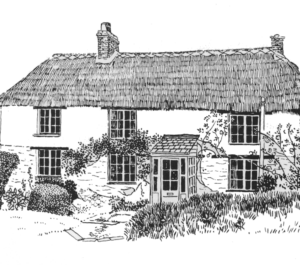 Everyone knows old houses have their flies, so you can imagine the hundred-year-old one. But in some of those “errors of the beauty”, a certain poetry could be seen in those.
Everyone knows old houses have their flies, so you can imagine the hundred-year-old one. But in some of those “errors of the beauty”, a certain poetry could be seen in those.
It is true that as probably every owner of such old real estate, even I had my weak moments. When you constantly keep changing and modifying your list of priorities for the reconstruction because of your spare time and finances, and then you visit friends in their perfectly finished new house. It does make you feel a bit of self-awareness. At least in the sense that your house will probably never be as perfectly and beautifully finished and never ever be looking so flawlessly. But then you realize neither their bright new house won‘t stay flawless forever. Over time even there is going to be “something” that is not as it should be, “something” that doesn’t work properly. It will take a while for their house to be properly tested over time.
I once accidentally stumbled into this text on the internet while researching something:
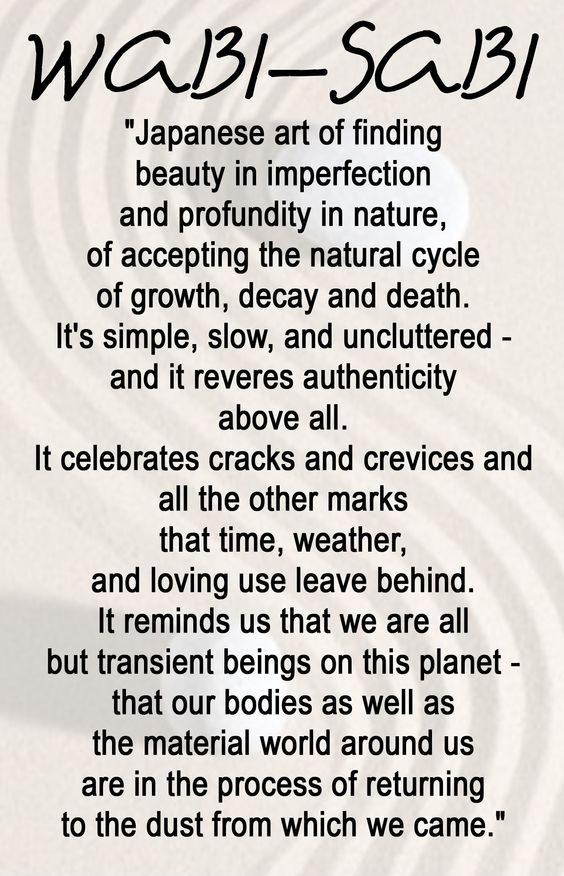
I have to say that, even though I had previously stayed in China for several months, I was never too deeply interested in Eastern philosophy. I had never heard of wabi-sabi before, but when I did, it sounded kind of nice. I had the feeling that the ideas are somehow kind of characterizing my view of the world around (for somebody maybe not contemporary).
Maybe initially I’ve associated it with the inner beauty of our imperfect building, which could be seen sometimes only by us – who are living here. Why should we forever worry about any imperfections, tiny cracks and all those other signs that time, weather, and loving use of the house by our predecessors left behind?
But the more I learn about the concept of wabi-sabi philosophy, the more I have this very inner feeling of happiness and peace, that everything is as it should be. It inspires me to more intensely perceive the beauty of everyday things.
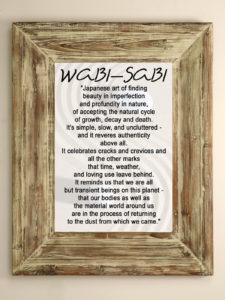
I have printed, framed and mounted this picture on the wall. After some time a tiny, tiny crack appeared on the wall.
That was the beginning of my interest in the philosophy of wabi-sabi.




